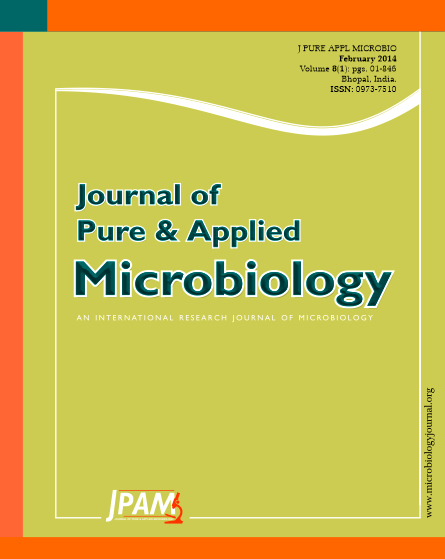Sclerotium stem and tuber rot diseases caused by Sclerotium rolfsii is a significant problem facing the Jerusalem artichoke cultivation. The objective of this study was to evaluate the efficacy of biotic and a biotic agents in control of stem and tuber rots of Jerusalem artichoke. For this purpose, Trichoderma atroviride and T. reesei were isolated from rhizosphere of healthy Jerusalem artichoke plants. These isolates positively antagonized S. rolfsii. Arbuscular mycorrhiza, mixture of the previous Trichoderma species and/or hydroquinone were evaluated under greenhouse and field conditions against stem and tuber rots. The treatments of arbuscular mycorrhiza+ hydroquinone and arbuscular mycorrhiza + Trichoderma minimized the disease incidence, improved the plant growth and yield and enhanced the tuber quality of Jerusalem artichoke. These data encourage the incorporation of such agents in the rots control and the production strategies of Jerusalem artichoke.
Sclerotium rolfsii, Mycorrhiza, Trichoderma spp., Hydroquinone, Helianthus tuberosus
© The Author(s) 2014. Open Access. This article is distributed under the terms of the Creative Commons Attribution 4.0 International License which permits unrestricted use, sharing, distribution, and reproduction in any medium, provided you give appropriate credit to the original author(s) and the source, provide a link to the Creative Commons license, and indicate if changes were made.


